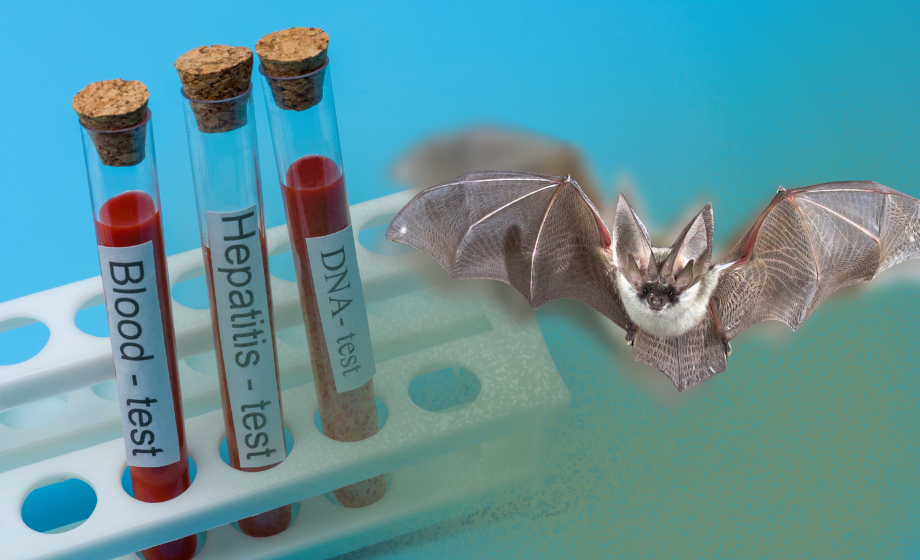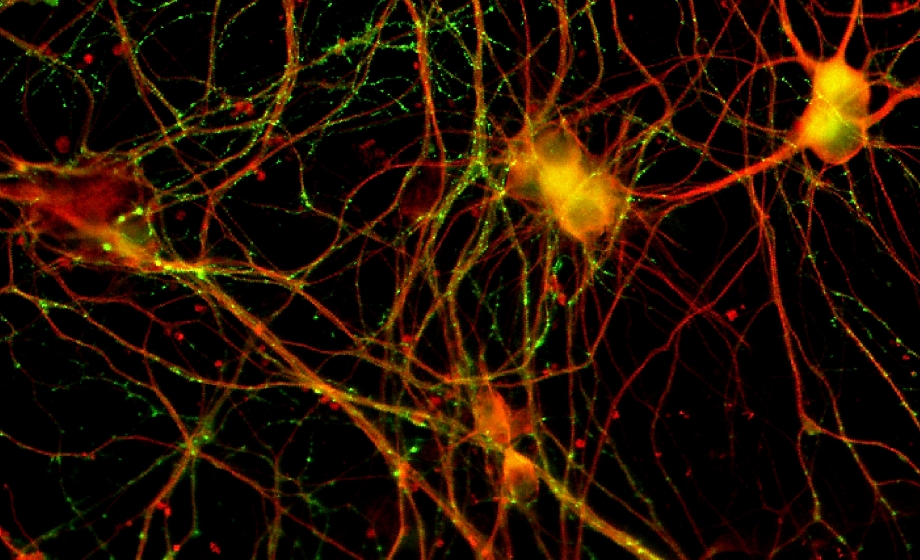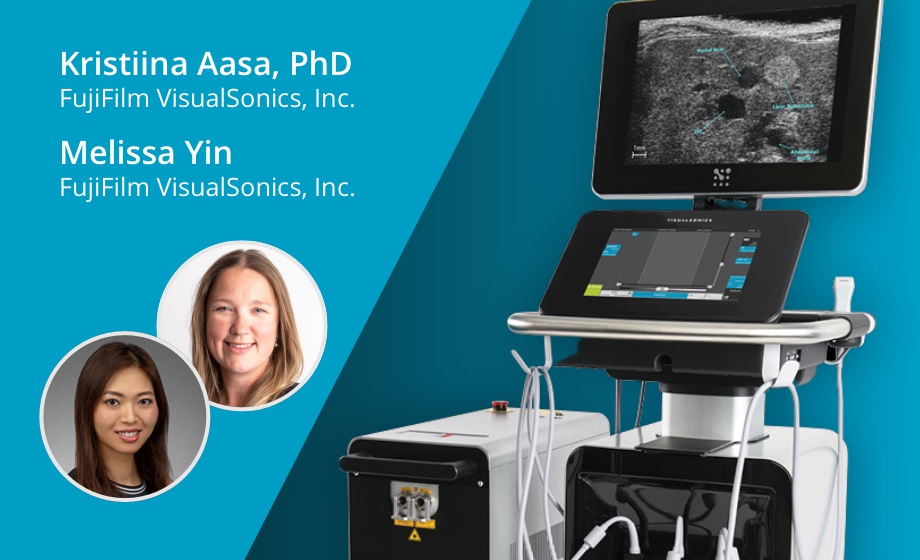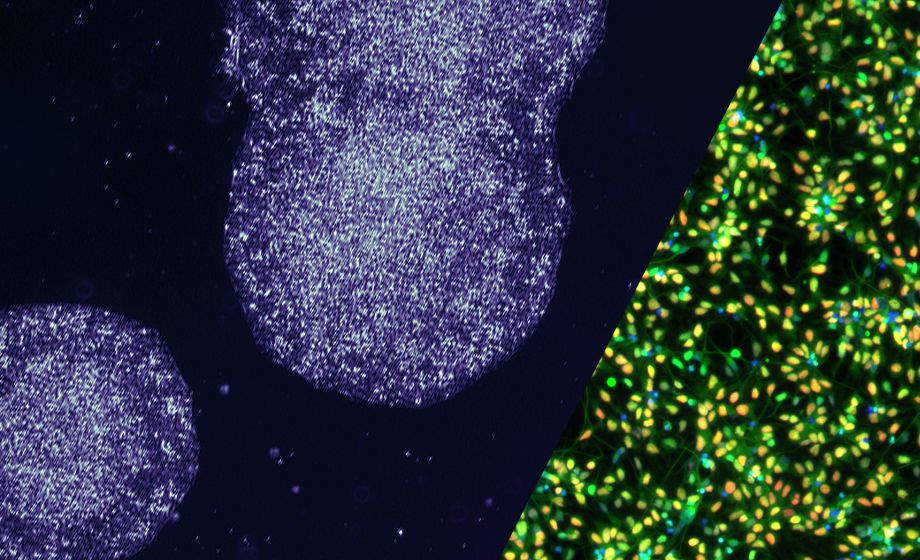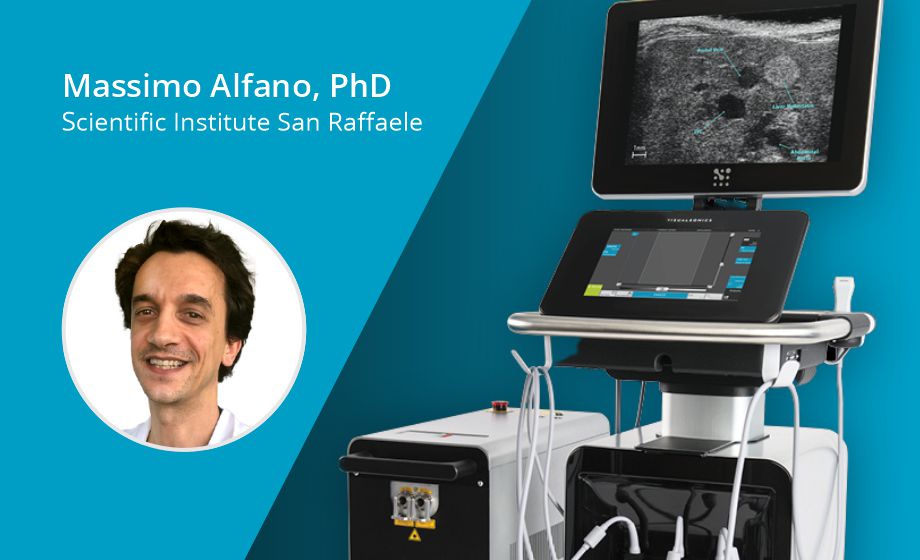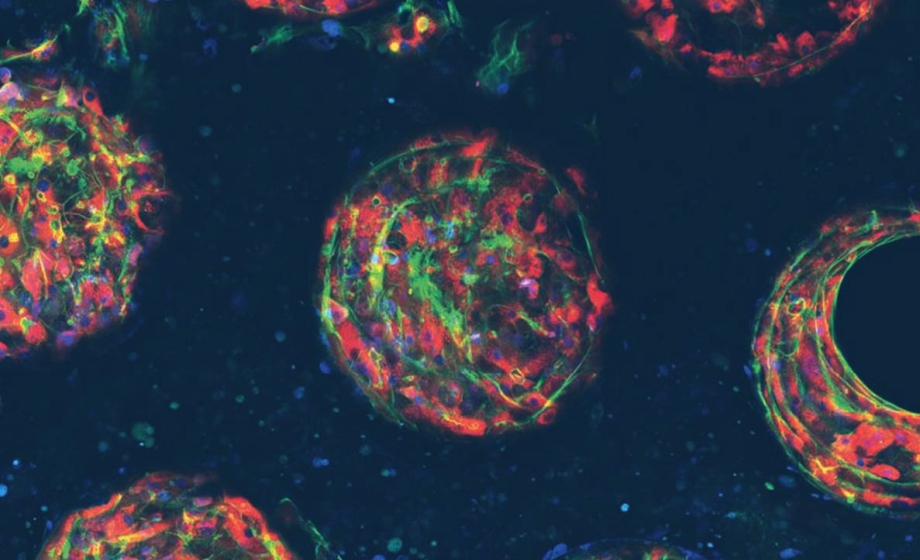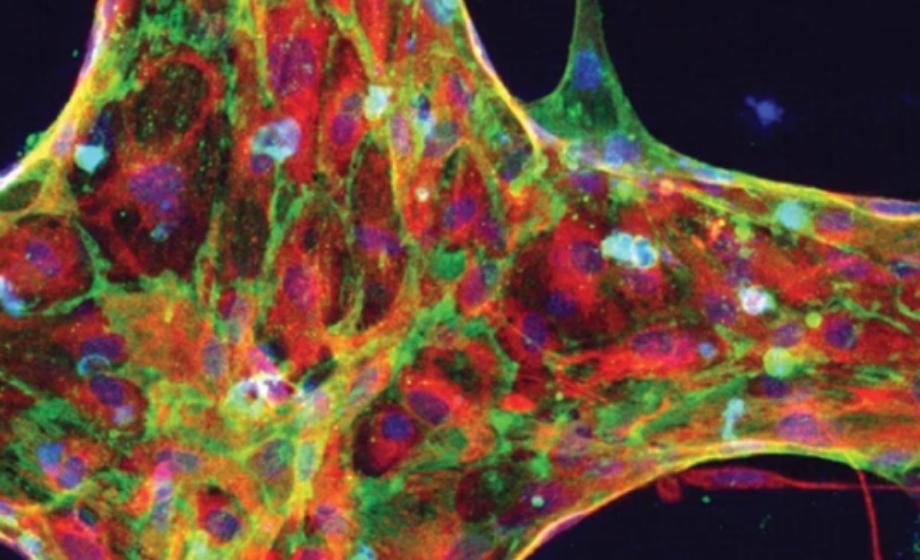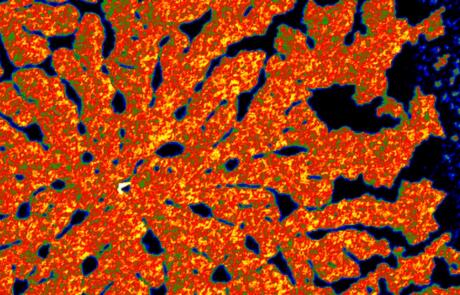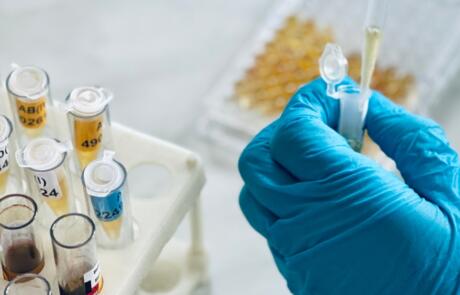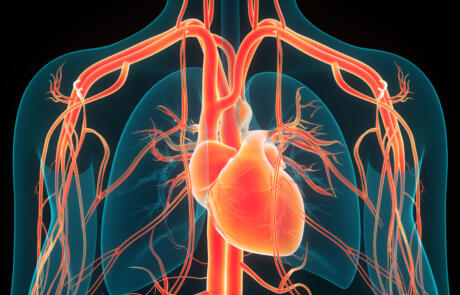Secret Health Benefits of Being a Bat
How exactly are the Myotis bat genus able to host COVID-19, Ebola, and other infectious diseases, all while living into their early 30s? We describe particular infectious disease adaptations, inflammation suppression, and the longevity observed within this taxa.
#ExpertAnswers: Andrew Gaffney and Erin Knock on Neural Progenitor Cell Differentiation
Experts from STEMCELL Technologies answer questions from a webinar presenting an iPSC line and its differentiation into neural cells.
Advancing Disease Modeling for Drug Discovery by Modulating iPSCs with CRISPR and Neuronal Differentiation
Explore applications of CRISPR and iPSCs in disease modeling and drug discovery in our upcoming webinar with Synthego and BrainXell.
Fully Characterized, Standardized Human Induced Pluripotent Stem Cell Line and Ready-to-Use, High-Quality Neural Progenitor Cells for Downstream Differentiation Applications
On June 29, 2023, STEMCELL Technologies' Dr. Andrew Gaffney and Dr. Erin Knock presented on how to streamline PSC-related workflows using highly characterized induced pluripotent stem cells (iPSCs) and neural progenitor cells (NPCs), and how to differentiate these cells into a variety of cell types downstream. In this Q&A report, you can read their answers to questions asked by the audience. Answers have been edited for length and/or clarity.
The Next Generation Vevo F2: Better Image Quality For Better Data
Watch this interactive web presentation about the launch of a brand-new version of our flagship Vevo F2 high-to-low frequency ultrasound platform!
Fully Characterized, Standardized Human Induced Pluripotent Stem Cell Line and Ready-to-Use, High-Quality Neural Progenitor Cells for Downstream Differentiation Applications
In this webinar, experts present a standardized human induced pluripotent stem cell line and its differentiation into neural cells for disease modeling and assay development.
Contrast-Enhanced Bladder Tumor Imaging
Join Massimo Alfano, PhD as he discusses a novel platform for bladder tumor imaging.
#ExpertAnswers: Audrey Dubourg and Gareth Guenigault on the Organ-On-A-Chip Approach
Audrey Dubourg and Gareth Guenigault from CN Bio discuss the value that an organ-on-a-chip approach can bring to drug discovery and development workflows, and how the regulatory landscape is shifting to encourage their widespread adoption.
It’s Life, but Not As We Know It: How Predictive Human Organ Models Are Transforming and Reshaping the Efficiency of Drug Discovery
Dr. Audrey Dubourg and Dr. Gareth Guenigault explore the value that an organ-on-a-chip approach can bring to drug discovery and development workflows, and how the regulatory landscape is shifting to encourage their widespread adoption.
Skin-on-Chip for Preclinical Herpes Disease Modeling
Organs-on-a-chip are attractive alternatives for bridging the translational gap between preclinical and clinical stages in vaccine development, particularly for herpes simplex virus (HSV). In this blog post, we review an article from Nature Communications on a skin-on-chip device for modeling HSV infection, as well as evaluating immune responses and antiviral drug efficacy (featured image © 2022 Sun et al., licensed under CC BY 4.0).
